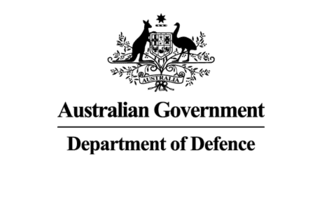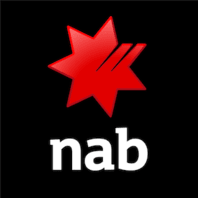

course overview
Overview
In this course, you participate in an immersive, simulated case study, providing you with the business modelling skills necessary to produce Enterprise Architectures, Business Cases, Business Requirements and Software Requirements documents. You learn to apply analysis and modelling techniques such as Business Process Model and Notation (BPMN) to describe business workflows, as well as UML diagrams to analyse the enterprise structure and states of business objects.
This course covers 20 of the 50 business analysis techniques listed in the IIBA Business Analysis Body of Knowledge (BABOK) Version 3.0. With these skills you will be able to better illustrate and document the functionality and structure of your organisation and more efficiently fulfill your role as a business analyst on business and software requirements projects.
Skills Gained
You Will Learn How To You Will Learn How To
Outline
What is a business model?
Crafting a process to develop a business model
Capturing the multidimensional aspects of an organisation
Analysing the enterprise
Applying business rules
Initiating the process with functional decomposition
Drawing UML use case diagrams
Documenting business processes
Leveraging Business Process Model and Notation (BPMN)
Applying process modelling techniques
Refining business process diagrams
Establishing the business domain
Structuring the enterprise with UML class diagrams
Achieving complete coverage with matrices
Contextualising the model with perspectives
If you need training for 3 or more people, you should ask us about onsite training. Putting aside the obvious location benefit, content can be customised to better meet your business objectives and more can be covered than in a public classroom. Its a cost effective option. One on one training can be delivered too, at reasonable rates.
Submit an enquiry from any page on this site, and let us know you are interested in the requirements box, or simply mention it when we contact you.
All $ prices are in USD unless it’s a NZ or AU date
SPVC = Self Paced Virtual Class
LVC = Live Virtual Class
Our clients have included prestigious national organisations such as Oxford University Press, multi-national private corporations such as JP Morgan and HSBC, as well as public sector institutions such as the Department of Defence and the Department of Health.












